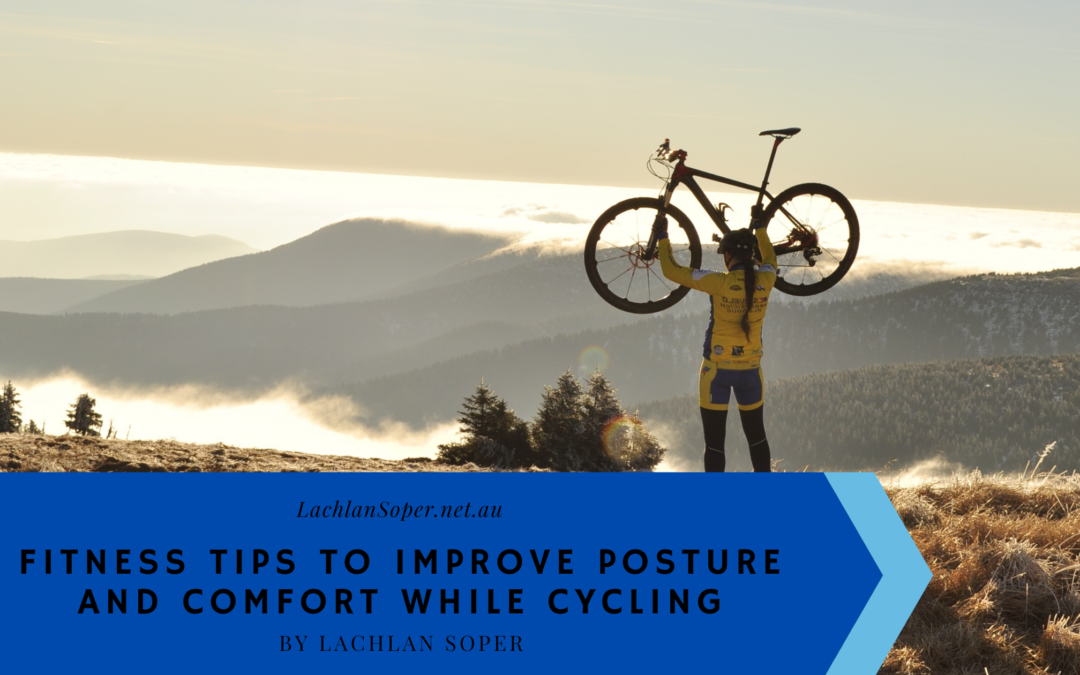There is often discussion about proper posture when walking, sitting, and working. Yet, it rarely comes up that posture plays a vital role in cycling, despite its role for those who cycle regularly.
Proper posture plays a critical role in the comfort of cyclists, or to put it in a slightly more negative way, the minimisation of discomfort. Good posture can help you ride for longer without aches, thereby facilitating improved fitness and joy on the bike. Read more to learn how.
The Importance of Proper Posture
Proper posture when cycling is one of the best ways to help avoid injuries, among other concerns. It helps prevent fatigue, reduces wear and tear on the body, and enhances the cycling full-body workout. If the position you set yourself up on the bike causes discomfort, then that adds to your fatigue and negatively impacts your concentration when riding (potentially impacting on safety).
Maintaining Proper Posture
Many elements go into a proper posture for cyclists – it’s about more than the positioning of the back. For starters, cyclists should ensure that their knees remain aligned with their feet. This wider stance helps to prevent knee strain. Consider an invisible vertical line down from the front of the centre of your knee, this should go down to your 2nd toe. If you have cleats, particularly if you have cleats with no float (rigid), it’s important to not have your heel too far out or too far in. If your heel is too far out this could lead to mal-tracking of your kneecap and cause pain on the outside of your kneecap. Conversely if you have pain on the inside of your knee it could be due to the heel being too close to the frame with resultant patella (kneecap) maltracking. It’s important to be open to making small adjustments to the angle of your cleats if you develop any pains in your knees.
The spine does play a significant role in this process. One should strive to keep their spine in a natural position. That is to say; you shouldn’t be slouching or rounding your back. Many racing bikes these days are set up with a very “aggressive” aerodynamic position (posture). This results in a lot of flexion of your lower back and extension of your neck. This can cause discomfort, even pain. More “enduro” bikes have a more upright posture. This can be further adjusted with higher forks with spacers, and a higher angle on the headstem. It does make a difference to get someone experienced in bike set up, and even better, who understands biomechanics and your body, to assist with your bike set up. Some physiotherapists specialise in this and their background in injuries and biomechanics can make them ideal for this role.
Finally, don’t forget the role the arms play in posture. Elbows should be bent and shoulders relaxed. Straight elbows can be painful on the wrists, while bent ones increase comfort and flexibility. Meanwhile, relaxed shoulders reduce tension.
Exercises to Improve Posture
If you’re struggling to maintain the proper posture, consider adding a few different exercises to your weekly routine. Consider stretching before and after each cycling session. Not only will this help your posture, but it has many benefits, including preventing injuries and muscle strain.
Finally, there’s always strength training. Strength training enhances endurance and helps the upper body. Carefully strengthening your shoulders and upper back can help take the load off your neck muscles and this aids in your posture when riding your bike. All of this can improve posture and overall comfort while cycling.
